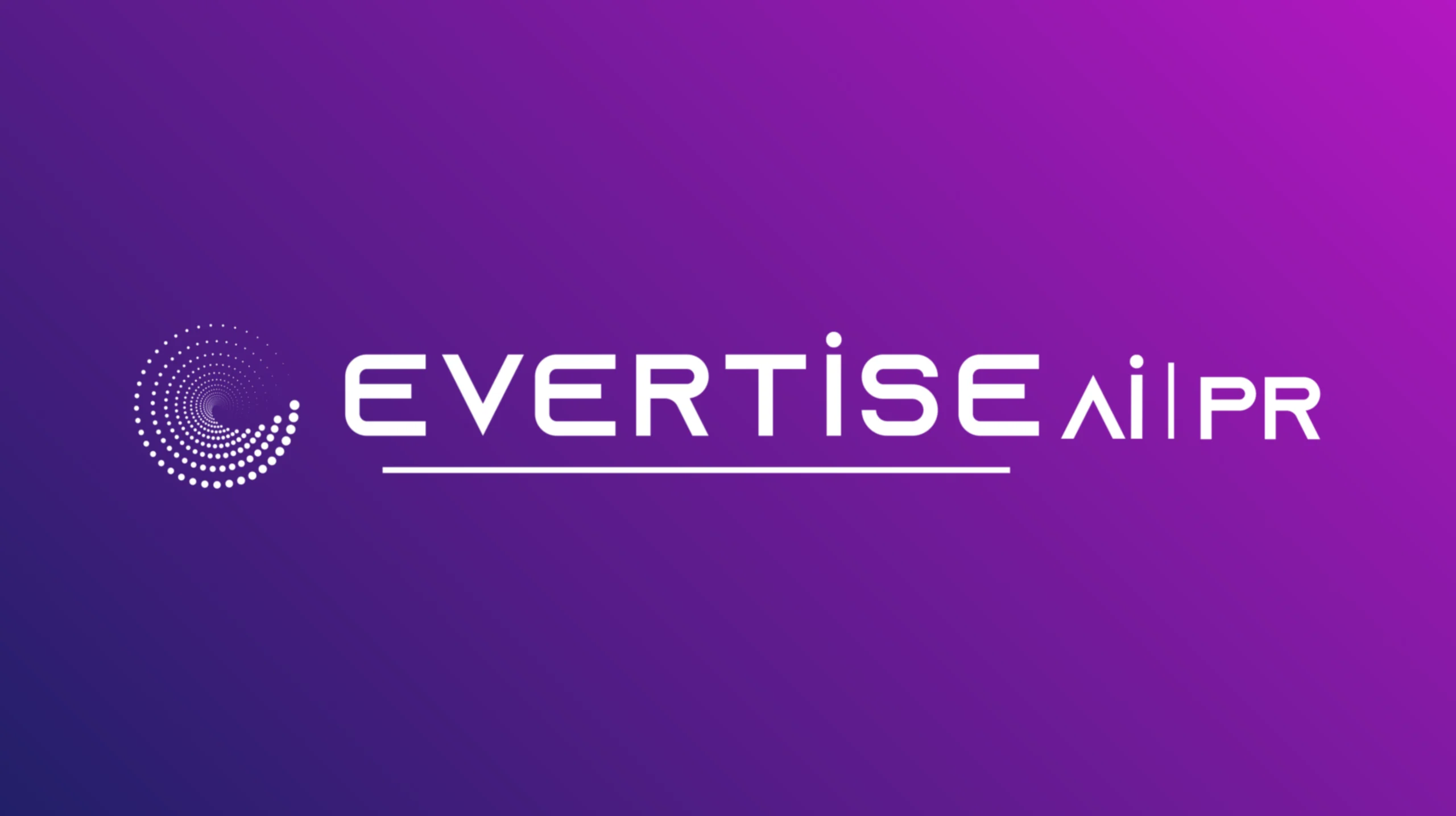Employee onboarding is a crucial aspect of any organization’s success, impacting employee engagement, productivity, and retention. In this blog, we’ll explore the significance of effective onboarding and provide insights into essential practices for establishing a successful onboarding process that sets the stage for long-term success.
The Impact of Poor Onboarding
Unfavorable Initial Impressions
When organizations neglect to dedicate time and resources to an onboarding process, new employees may feel unwelcomed or undervalued from the start. This negative initial impression can have enduring consequences for both the individual and the organization at large and shows us the importance of employee onboarding.
Increased Turnover Rates
Research has indicated that improper or insufficient onboarding leads to heightened turnover rates among hires. Without a sense of fitting into the company’s culture or lacking clarity regarding their roles and responsibilities, employees might seek opportunities elsewhere.
Reduced Efficiency
In the absence of direction and assistance during the stages of employment, employees may encounter challenges in efficiently carrying out their tasks. This can result in decreased productivity and potential errors that could have been avoided with training and guidance.
The Advantages of Effective Onboarding
Positive Employee Experience
Creating an employee experience begins with an executed onboarding program that shows new hires they are valued. This involves providing them with information about their roles, colleagues, company culture, policies, benefits, goals, and expectations from the get-go.
Accelerated Time-to-Proficiency
Efficient onboarding programs help employees become fully productive sooner by giving them the knowledge and skills for their roles. By clarifying job expectations and processes, employees can start making contributions more quickly.
Increased Employee Engagement
When employees feel supported and connected during onboarding, they are more likely to stay engaged and committed in the long term. Engaged employees bring their best selves to work, leading to productivity, innovation, and overall job satisfaction.
Key Strategies for Successful Onboarding
Preparing Before Day One
Organizations can engage hires before their official start date through pre-boarding activities. Sending emails, sharing company resources like manuals or videos, introducing team members virtually, and taking care of any paperwork all help set a positive tone for when the new employee joins the team.
Customized Orientation Programs
Tailored orientation programs are designed to help new employees adapt quickly and effectively to their roles. These programs should include schedules and agendas for orientation sessions that cover department details, company policies, values, objectives, available resources, and support systems, as well as training on tools and software.
Mentorship Initiatives
Introducing mentorship programs can offer assistance to hires by pairing them with seasoned colleagues who can offer guidance, address queries, facilitate networking opportunities within the organization, and provide support in overcoming any obstacles they may face.
Consistent Communication
Maintaining channels of communication is crucial throughout an employee’s onboarding process. Regular check-ins with supervisors or mentors enable the exchange of feedback to foster improvement and address any issues or queries before they become problems.
Assessment & Continuous Enhancement
Organizations should regularly evaluate the effectiveness of their onboarding procedures. Seeking feedback from employees about their experiences helps identify strengths and areas for enhancement. Adjustments based on this feedback are essential for improving the onboarding process.
The Significance of Technology in Modern Onboarding
In today’s era, technology plays a role in enriching the employee onboarding experience. Below are some ways organizations can utilize technology to create an engaging onboarding process:
Online Onboarding Platforms
Employing onboarding platforms allows companies to streamline and automate onboarding tasks. New hires can access documents, fill out forms, review training materials, and get acquainted with company resources through a user portal.
Digital Training Materials
Technology facilitates the development and distribution of interactive training materials that cater to learning preferences. From videos and interactive modules to webinars and e-learning courses, digital training resources are readily available for new employees to explore at their own pace.
Virtual Onboarding Meetings
In cases where face-to-face onboarding is not feasible or convenient, virtual onboarding sessions can be conducted using video conferencing tools. These sessions offer hires the chance to virtually connect with stakeholders, ask questions, grasp company culture, and establish relationships with their team members.
Closing Thoughts
Acknowledging the role of employee onboarding is essential for creating an organization that attracts top talent and retains them long-term. By implementing onboarding strategies like orientations, mentorship programs, consistent communication channels, and evaluation processes, businesses can establish a strong base for high employee engagement and productivity right from the start. Remember that investing in onboarding is more than a cost-it’s an investment in fostering a thriving workforce.


